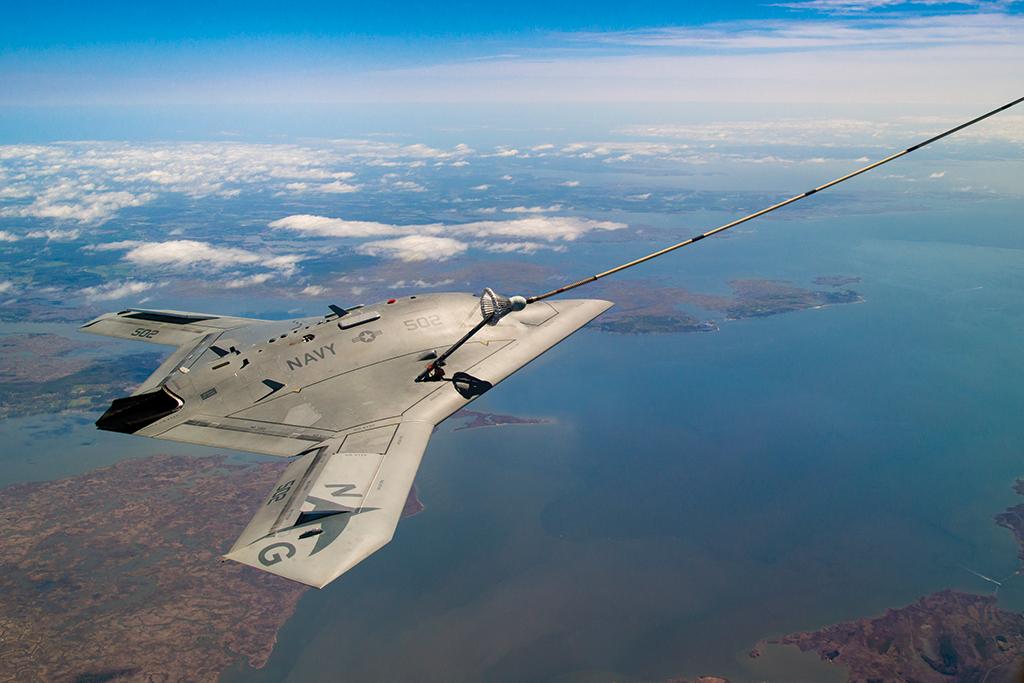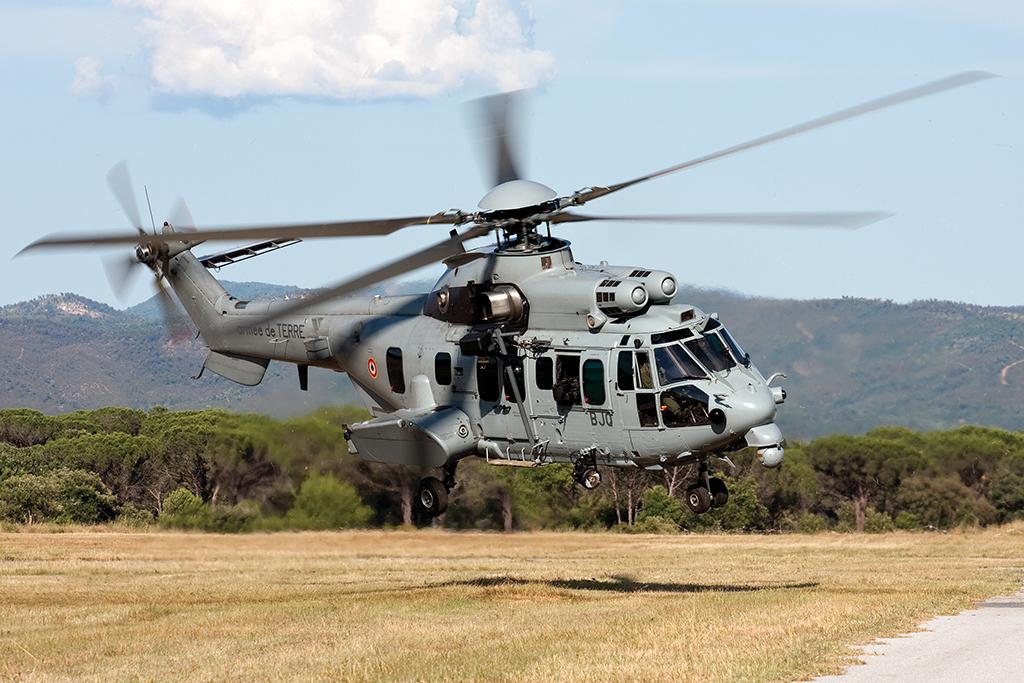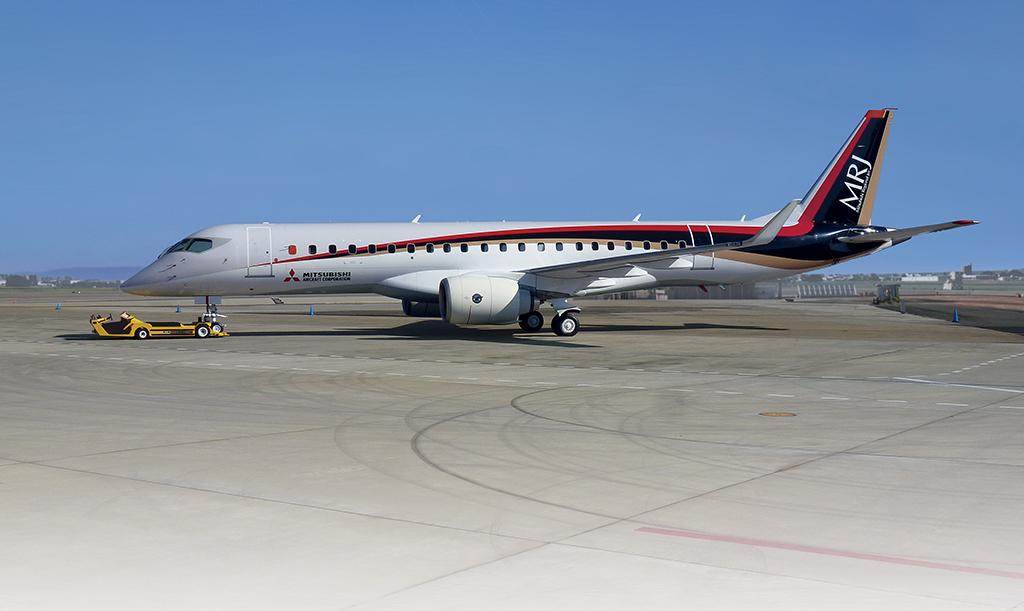Editors' Briefing: The Fortnight In Aerospace And Defense
April 24, 2015
Defense

Defense
Poland has selected Airbus Helicopters’ H225M as its future military utility helicopter, and Raytheon’s Patriot as its next-generation air defense system, together valued at around $8 billion. The defense ministry says helicopter bids from AgustaWestland and Sikorsky, which already have facilities in Poland, did not meet requirements.

Defense
India may scrap its long-delayed Medium-Multi-Role Combat Aircraft (MMRCA) deal with Dassault for 126 Rafales in favor of a government-to-government route, after negotiating the purchase of 36 Rafales from France in flyaway condition under a separate deal. MMRCA includes 18 aircraft from Dassault and the rest built locally by HAL, but negotiations have “gone into a loop,” says India’s defense minister.

Defense
Dassault’s Falcon 2000 Maritime Surveillance Aircraft has been selected by the Japan Coast Guard. The number of aircraft required is not disclosed. Dassault’s partners in equipping the aircraft are L-3 Platform Integration and Thales. The Coast Guard already operates two Falcon 900s.

Defense
The due-regard radar required for the U.S. Navy’s Northrop Grumman MQ-4C Triton to operate in international airspace will now be fitted to the “multi-intelligence” version of the unmanned aircraft planned to become operational in 2020. The active-array radar was planned for the baseline version of Triton, to be operational in 2018, but hit development problems.

Defense
Antonov rolled out the An-178 transport aircraft on April 16 in Kiev. First flight is planned for early May. The airlifter is derived from the An-148 regional jet, with a rear cargo ramp, reinforced landing gear and uprated Ivchenko D-436 turbofans. In February, UAE-based freight carrier Maximus Air signed a letter of intent for An-178s.

Commercial Aviation
Citing Rolls-Royce’s willingness to inject new technology into its engine, Emirates has switched suppliers and placed an order valued at $9.26 billion for Trent 900s to power its next batch of 50 Airbus A380s. The deal potentially moves the airline closer to a re-engined A380neo, on which Emirates President Tim Clark says Airbus is still deliberating.

Commercial Aviation
Mitsubishi Aircraft will move a fourth aircraft to its planned U.S. flight-test effort to offset another delay in development of the MRJ regional jet. Ground tests revealed a software bug and need to redesign some parts, delaying first flight to September-October from the second quarter. First delivery remains targets for the second quarter of 2017.

Commercial Aviation
Forget inflight lounges, shopping and spas, Airbus is offering an 11-abreast economy configuration in the A380 main deck. Operators will have the choice of 10-abreast standard economy seating or adding another seat per row. The seats are installed on the existing rails and no extra floor work is needed. The configuration will be available in 2017.

Commercial Aviation
Air Berlin and International Airlines Group (IAG) carriers British Airways and Iberia have withdrawn from the Association of European Airlines, citing disagreement over protectionist aviation policy. European airlines led by Air France-KLM and Lufthansa are calling for curbs of the growth of Gulf carriers. Qatar Airways is the biggest investor in IAG, and Etihad Airways in Air Berlin.

Commercial Aviation
Struggling with chronic airliner seat-delivery delays, Zodiac Aerospace has launched a major process reorganization. “We overloaded the production capacity,” says CEO Olivier Zarrouati. “These delays are unacceptable, for the client and for us.” He expects the delays, which have had an impact on Airbus and Boeing deliveries, to be resolved by August.

Business Aviation
Piper Aircraft has revamped its high-performance single-engine line, introducing the turboprop M600 and Meridian M500 and the M350 – an upgraded piston-engined Mirage. The M600 has Garmin G3000 touch-screen avionics and a new wing with more fuel for a maximum range of 1,300 nm. Certification is expected in the fourth quarter. The M350 was certified on April 10.

Business Aviation
Eclipse Aerospace and Kestrel Aircraft have merged to form One Aviation, with plans to develop a family of aircraft including the Eclipse 550 twin-engine light jet and Kestrel K350 single-engine turboprop. Kestrel’s Alan Klapmeier, who co-founded Cirrus Aircraft, is CEO with Eclipse’s Mason Holland as chairman. Kestrel development will now be funded from Eclipse sales.

To ensure its Model 525 super-medium helicopter will not be missed when it makes its first flight, Bell has painted first prototype FTV1 bright orange. FTV1 is largely complete and awaiting installation of its five-blade main rotor system in preparation for ground runs and a first flight, likely to take place in the next couple of months.

Rotorcraft
Canada has ordered seven Bell 412EPi medium utility helicopters for its Coast Guard modernization. The C$155 million ($123 million) deal is the second helicopter contract placed by the Department of Fisheries & Oceans—umbrella agency for the Coast Guard—following a 2014 order for 15 Bell 429s. The 412s will be delivered from June 2016, replacing Bell 212s.

Space
Slower than expected throttle response is blamed for SpaceX’s latest failure to demonstrate recovery of a Falcon 9 first stage by landing it on an unmanned landing platform, or “droneship,” at sea. The stage toppled when it touched down with too much horizontal velocity after the April 14 launch of SpaceX’s sixth cargo resupply mission for NASA. The next landing attempt may be on land.
Space
Wear in main-engine turbopump bearings is the “most probable” cause of the explosion that destroyed an Orbital ATK Antares launch vehicle on a resupply mission to the International Space Station in October. But engine supplier Aerojet Rocketdyne argues the source of wear was likely ingested debris in the propellant, which would shift responsibility to first-stage tank provider Yuzhmash and Orbital.

Space
NovaWurks has agreed to build a 40-satellite constellation for a Canadian start-up using mass-produced “satlet” modular building blocks it is developing for Pentagon research agency Darpa. The company will provide the space segment for Montreal-based NorStar Space Data, which plans to provide hyperspectral Earth-observation and space-debris tracking services in low Earth orbit.

10 Years Ago in AW&ST
The Airbus A380 made its maiden flight from Toulouse on April 27, 2005, in front of 50,000 onlookers. French President Jacques Chirac hailed the flight as “a milestone for Europe,” but the program soon was bedeviled by wiring problems that would delay its entry into service with Singapore Airlines by about a year, to October 2007.
Read our original coverage of the first A380 flight and other momentous events at: AviationWeek.com/100